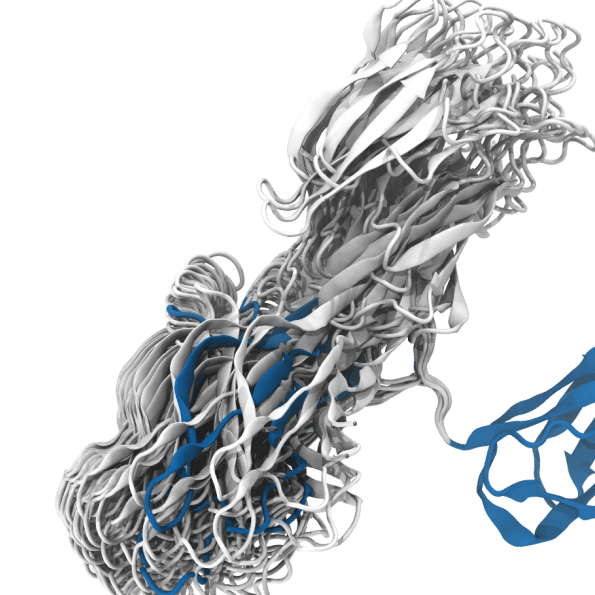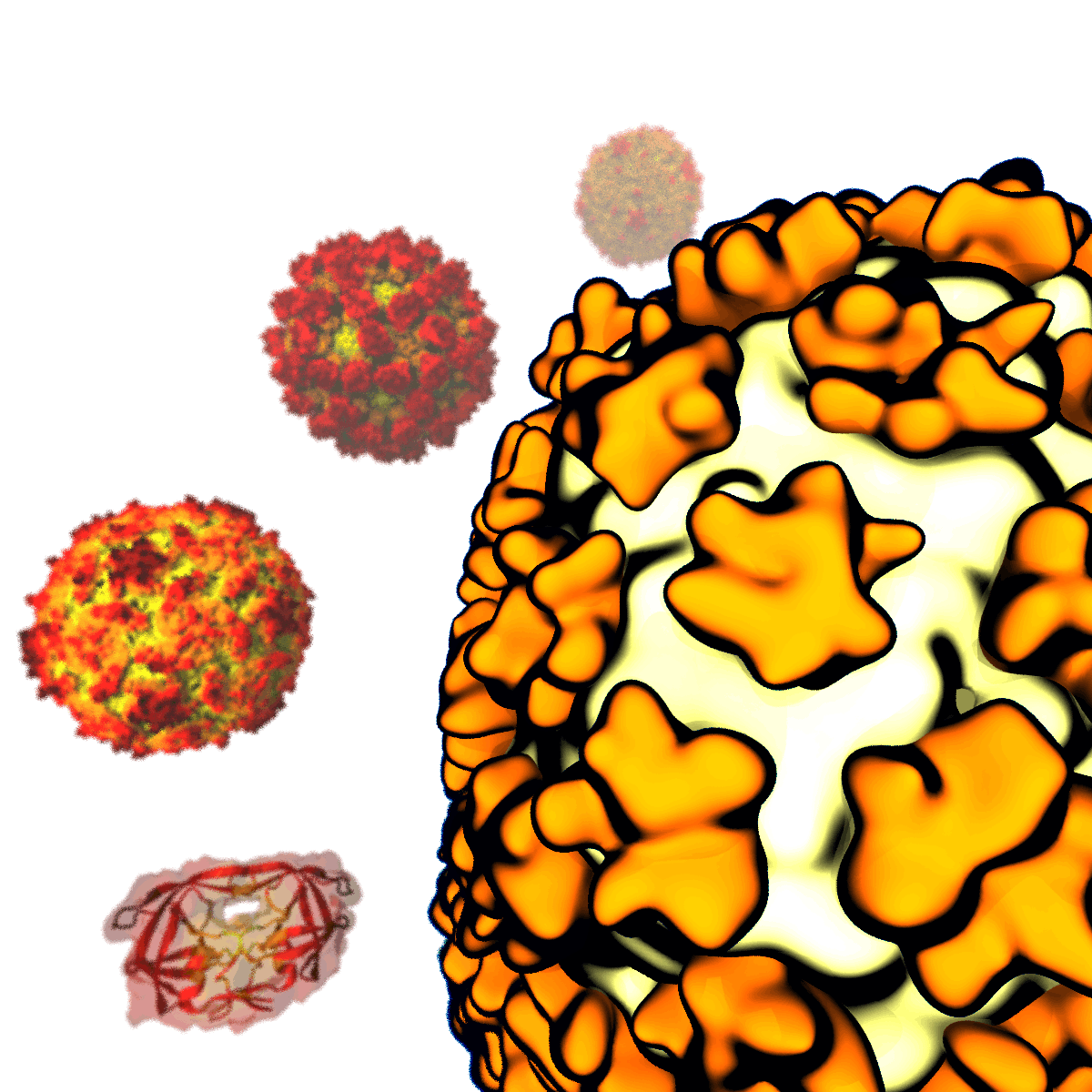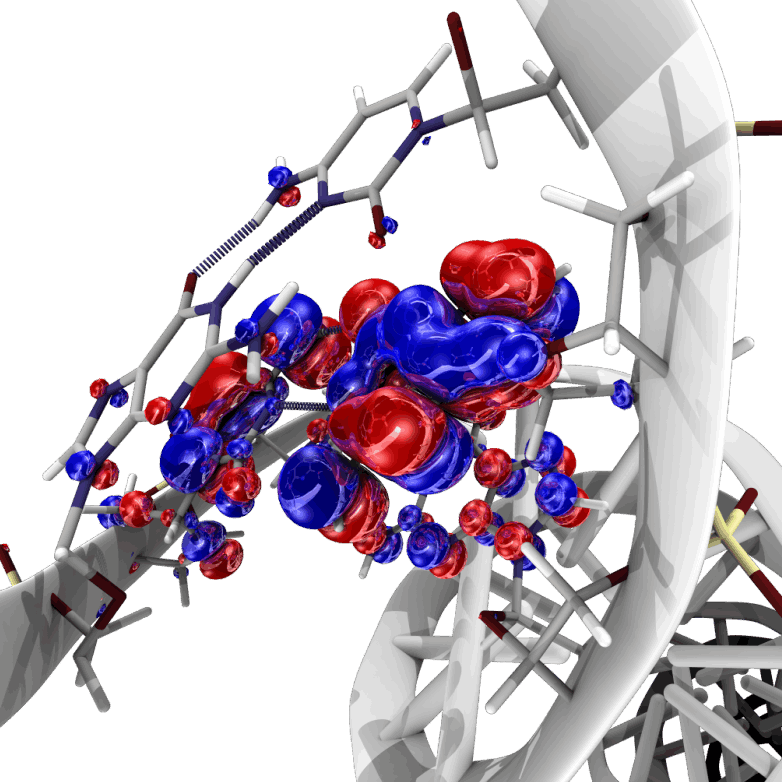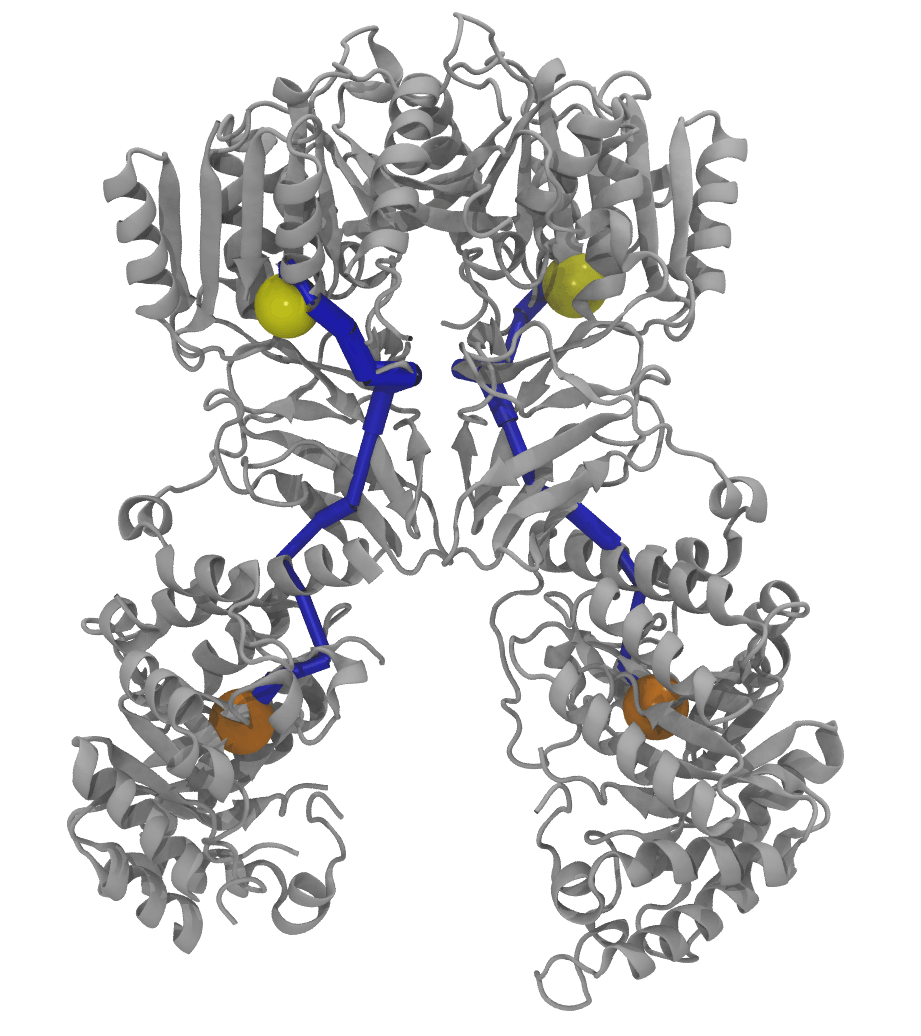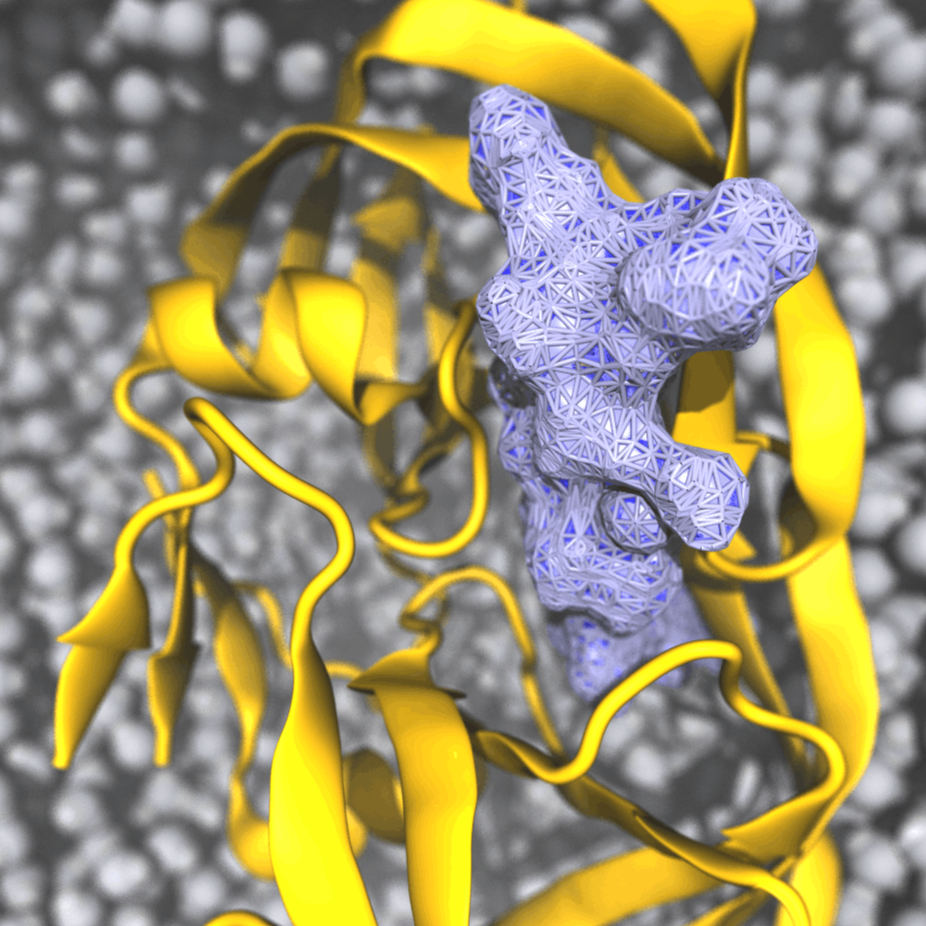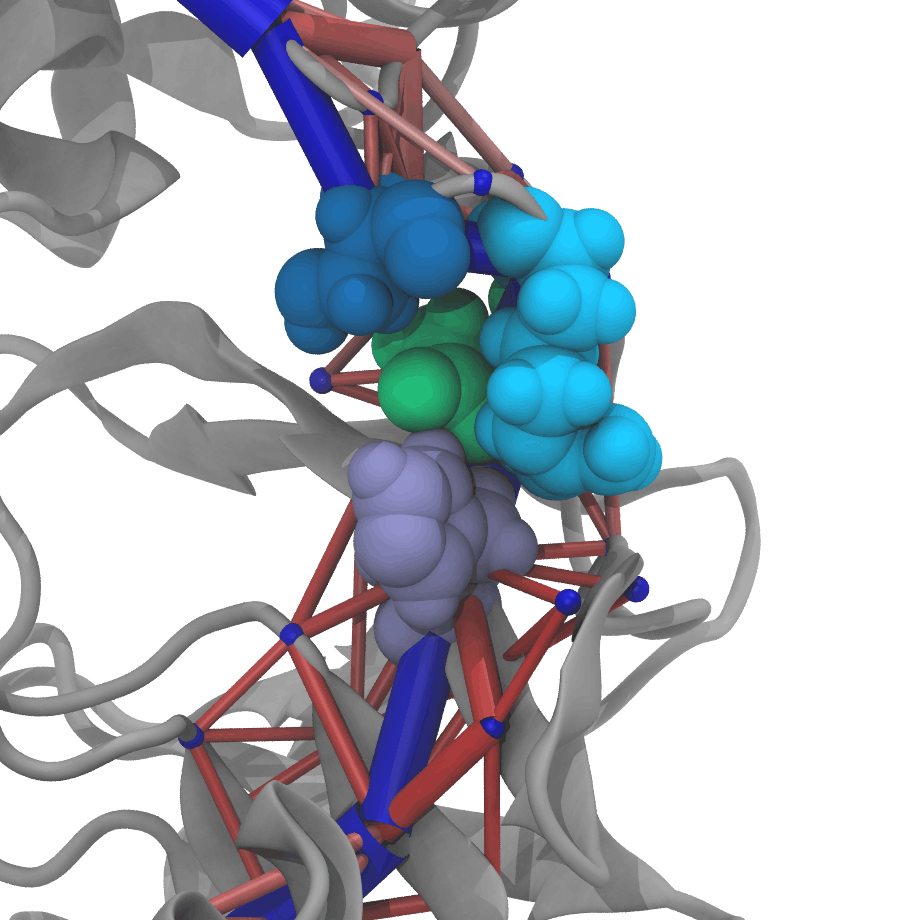NAMD 3
NAMD 3 is the latest version of the award-winning molecular dynamics engine, built for GPU-resident, high-performance simulations of large biomolecular systems. It leverages full GPU acceleration to minimize data transfer bottlenecks and maximize simulation speed. Deeply integrated with VMD 2, NAMD 3 enables real-time visualization and analysis of simulations as they run. It is distributed free with source code and precompiled binaries. Tutorials are available to help users get started with biomolecular modeling using NAMD and VMD.
